Champagne serving instructions and the history of the good stuff
“Come quickly, I am tasting the stars!” – attributed to a late 19th century print advertisement forMoët and Chandon’s prestige cuvee, and rumored to have actually been uttered by its namesake, Dom Perignon, at the moment he “discovered” Champagne in 1688.
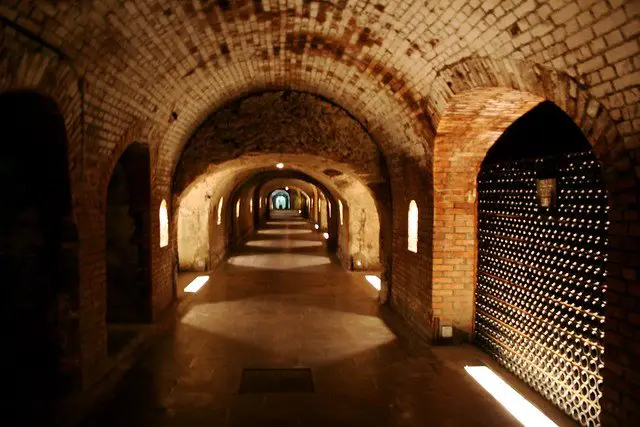
The history of Champagne that can only come from the Champagne region of France, is vast. Legends and facts filled with intrigue, an invention by mistake, kings and queens, and regional and national rivalries, dazzle and tantalize, much like a crystal flute of the end result from itself.
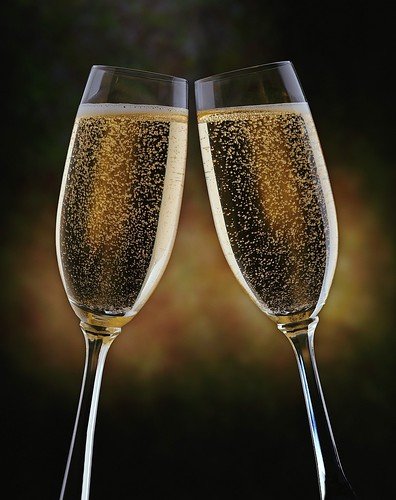
Many of the major champagne houses located in the vicinity of Reims, France, came into existence in the 18th century, including Moët et Chandon, Louis Roederer, Piper-Heidsieck and Taittinger. More Champagne houses with recognizable names, including Veuve Clicquot, Pommery, Bollinger and Krug, came along a few years later in the early 19th century.
The French Champagne we know and love today with its celestial like bubbles, came to be perfected in 1819, when the Widow Clicquot, devised the methode champenoise. This method utilizes a second fermentation process where sugar is added in order to preserve all bubbly potential, while allowing for the removal of any sedimentation.
“I drink it when I’m happy and when I’m sad. Sometimes I drink it when I’m alone. When I have company I consider it obligatory. I trifle with it if I’m not hungry and drink it when I am. Otherwise, I never touch it—unless I’m thirsty.” – Lilly Bollinger, head of the Champagne House of Bollinger from 1941 – 1971
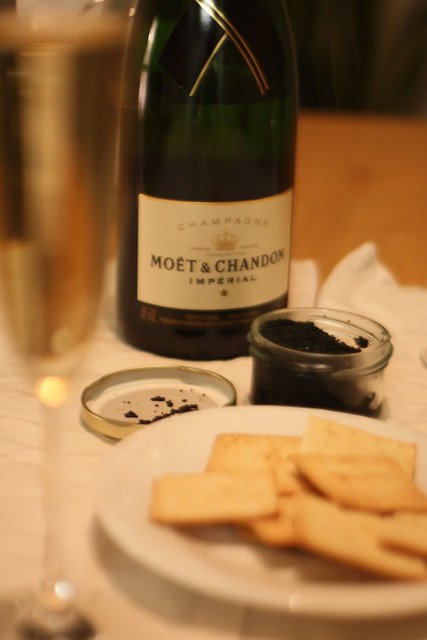
This New Years Eve are you looking forward to turning festive moments into memories by opening a bottle of bubbly? Here’s some advice from the experts on how to do it correctly.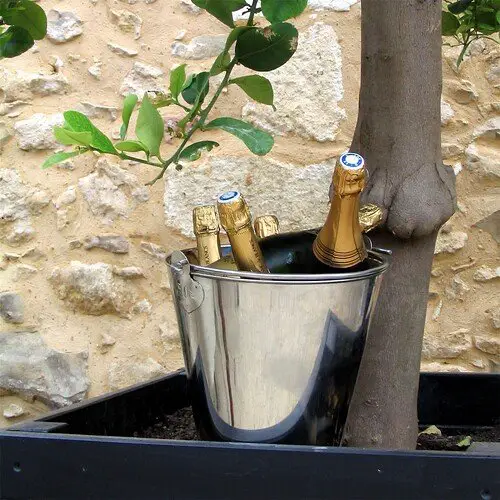
Chilling:
Chill bottle in an ice bucket filled with equal amounts of ice and water for 20 to 30 minutes, or simply refrigerate the bottle for several hours.
Uncorking:
Contrary to how it is often portrayed, with pushing the Champagne’s cork up and having it fly across the room, opening Champagne, is a relatively quiet affair. Loosen the muzzle, then hold the cork with one hand, while turning the bottle (not the cork) with the other. Keep your hand on the cork until it eases out of the bottle with a gentle sigh.
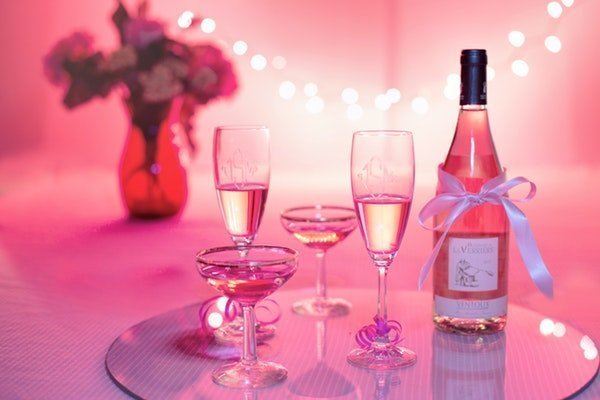
Photo Credit: Pixabay
Serving:
Pour a small amount of Champagne into each glass, allow the froth to settle, then fill glasses one half to two thirds full.
Photo credits: Megan Mallen nlmAdestiny Naotaken rainer_maria Margo Millure
Header Photo by Pixabay
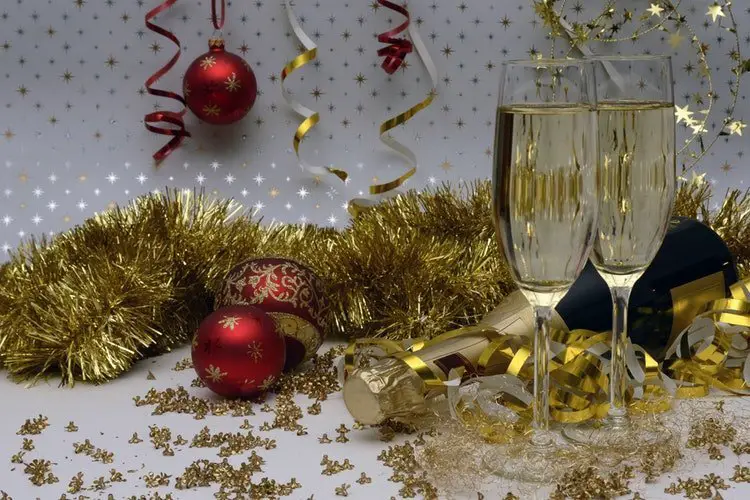
Oh how I love champagne. Delicate, lovely – I always feel classy when drinking it.
Loved this post! Am going to a champagne tasting today! Hope you have a wonderful New Year!
I was in Reims a few days after 9/11, and the French were very kind. Lots of toasting to Americans and tears.
I recently interviewed Laurent Gruet, who makes a fabulous (and inexpensive) sparkling wine outside of Albuquerque. He said the big myth is that you should drink champagne/sparkling wine with dessert, like truffles. He was adamant that you shouldn’t – the sweetness overwhelms the fine taste of the wine. I think he’s right. Though he did say you can drink it with everything else – and should, often – and I think he’s right on that, too.
Deonne, It’s so weird because someone on our Facebook page who is from Albuquerque just mentioned Gruet as well! And I’ve never liked champagne w/dessert really either – but I do likey w/dark chocolate though ; )
Small world! Gruet has been sort of a local secret around New Mexico, but then they got a writeup in the NYT earlier this year and that was the end of that (ha). I’m with you on the chocolate – who cares if it drowns out the wine? It’s like heaven, twice.
P.S. Looks like the blank email I got was your response, so not sure why it came through that way.
Ever since I visited les caves de Moet et Chandon at Epernay, I have developed a new respect for it and its methods. I never say no to Champagne!
Happy New Year! 🙂
Is there really anything better than Champagne? Well, unless you can find a way to combine a bit of the bubbly with a few chocolate truffles 🙂
Just happens to be one of my favorite things on the planet, & there’s nothing like visiting the caves at Reims to give you a taste for how much work goes into its production – no wonder it’s so delicious!
Great post Margo & wonderful tips! Wishing you a very happy New Year & a 2011 filled with lots of bubbles!!
Love the photos Margo! One day I will taste Dom Perignon, I’m sure! 🙂
I’ve awarded this blog the Stylish Blogger Award! The acceptance instructions are on my blog http://motrvls.blogspot.com/2011/01/and-stylish-blogger-award-goes-to.html.
Congratulations!
I’m a huge fan. The method of making bubbles pre-dates Champagne (it was thought to have started in Limoux, in the Languedoc-Roussillon region) but they have brought it to a high art form. If you want a really nerdy description of how it’s made, I’m linking to a post I wrote on it that gives some more detail! http://winefornormalpeople.blogspot.com/2010/05/paradise-in-2-hours-rare-veuve-clicquot.html
And here’s a podcast on Sparkling that talks about options beyond just Champagne, especially if you’re on a budget! http://winefornormalpeople.blogspot.com/2011/09/wine-for-normal-people-radio-episode-26.html
Happy New Year to you all! Drink well and be safe!
Elizabeth
Gruet is a great producer and so popular in Atlanta! It seems to be the only domestic bubbles outside of California that have caught on! Delicious stuff!
Great info! You know I love Champagne! Tonight it is Perrier Jouet which I have never tried before.
I’m also a fan of Spain’s Cava Brut. I find the dry style pleasing and blends perfectly when making a mimosa or Champagne cocktail. Excellent, especially for bubbly just because or when on a budget.
Margo Love the pictures in this post.
I´m rather more familiar with Cava than Champagne with living in Spain these days. I´d absolutely love to do a wine tasting of them both.
Interesting post, keep sparkling.
Wonderful web site. Lots of helpful information here.
I’m sending it to a few buddies ans additionally sharing
in delicious. And certainly, thank you for your sweat!